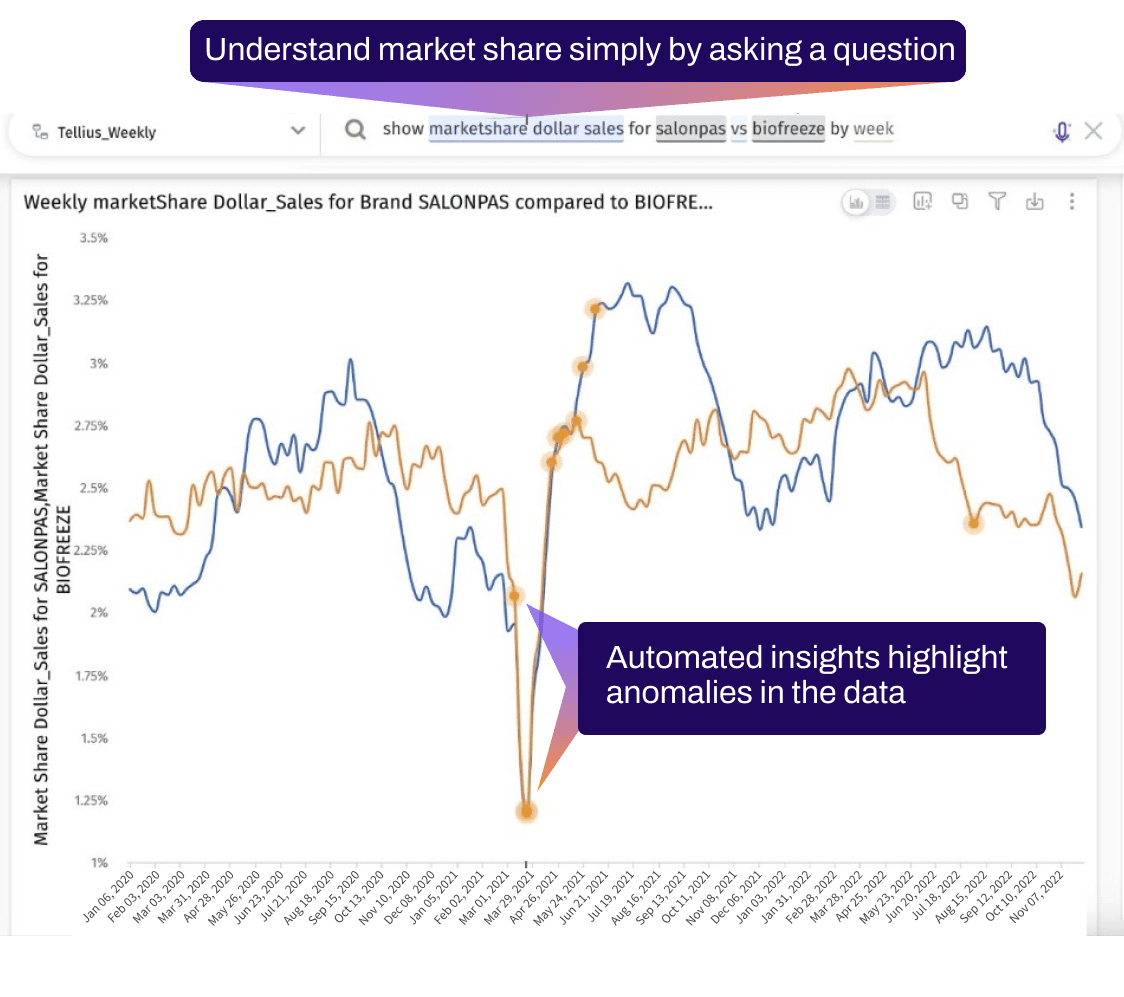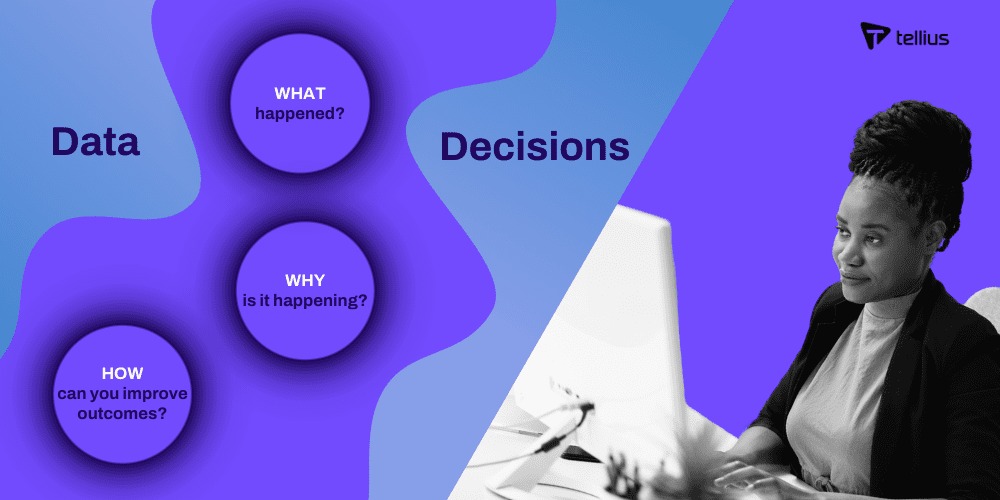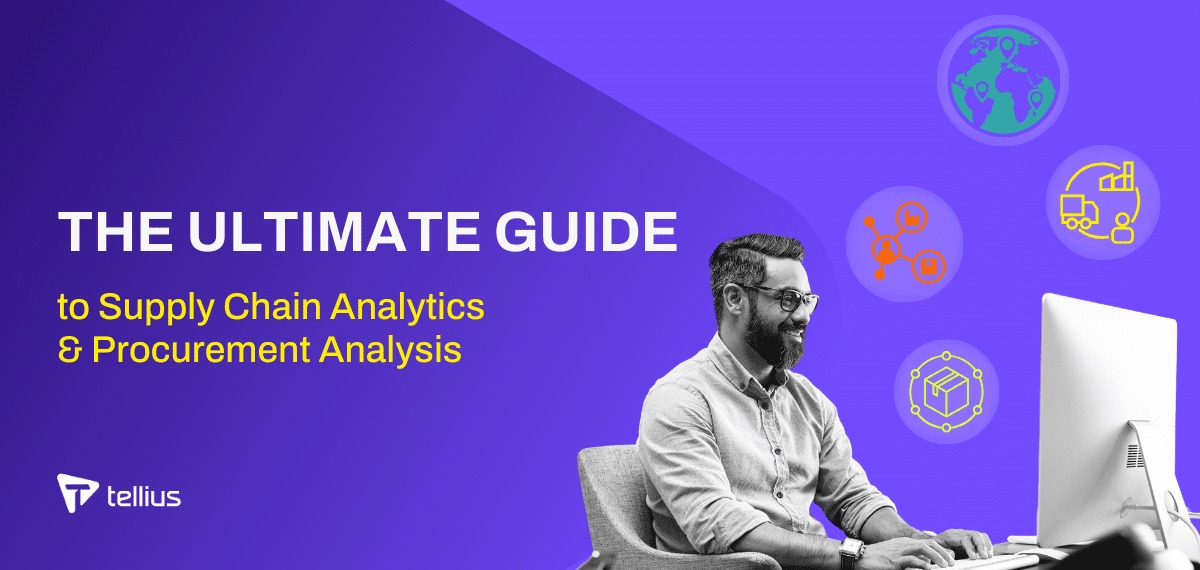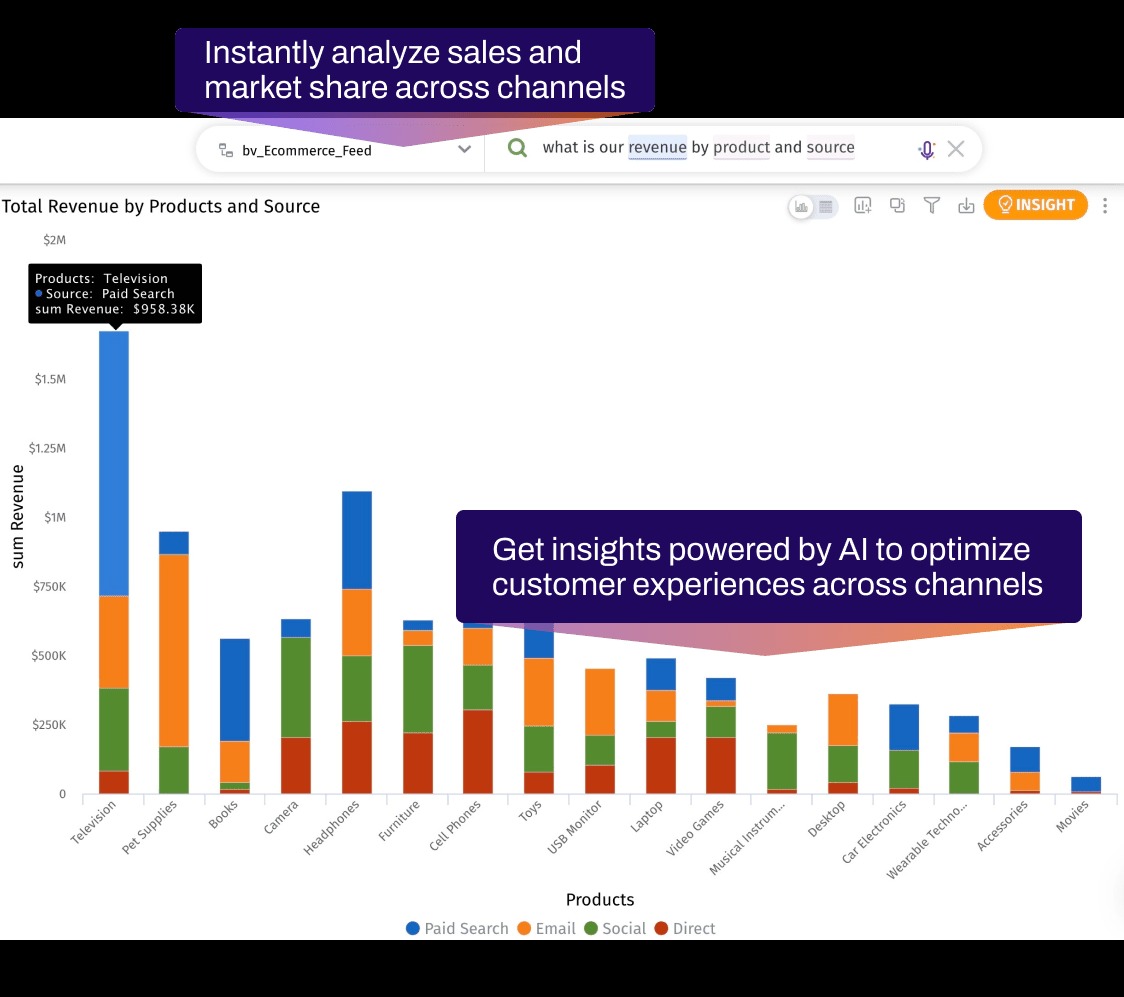Harnessing the Power of Consumer Goods Analytics for Marketing and Sales Success

In a world where consumer behavior is constantly changing, businesses need to be able to adapt quickly to stay competitive. Consumer goods analytics has emerged as a powerful tool for companies looking to understand their customers, refine their marketing strategies, and drive sales growth. By analyzing consumer data, companies can uncover valuable insights that lead to more targeted, personalized marketing campaigns and improved sales outcomes. In this blog, we’ll explore how consumer goods analytics can help businesses unlock new opportunities in marketing and sales.
Understanding Consumer Preferences through Analytics
Consumer preferences are always evolving, and staying on top of these changes is crucial for businesses in the consumer goods industry. Consumer goods analytics enables companies to track customer behavior across various touchpoints, including websites, social media, and in-store visits, to gain a deeper understanding of what their customers want.
By using tools such as sentiment analysis and customer segmentation, businesses can group customers based on shared characteristics, such as demographics, buying behavior, and preferences. With this segmentation, companies can create more personalized marketing messages and offer products that align with their customers' needs.
Targeted Marketing Campaigns
Consumer goods analytics empowers businesses to create highly targeted marketing campaigns that resonate with their audience. By analyzing data from past campaigns and consumer behavior, businesses can determine the most effective channels, messaging, and promotions for different customer segments.
For example, if analytics reveal that a certain group of consumers responds well to email promotions, businesses can focus their efforts on crafting engaging email campaigns that drive conversions. Alternatively, if social media analysis shows that video content generates the most engagement, companies can allocate more resources to producing video ads and content.
Optimizing Pricing Strategies
Pricing is a critical factor in the success of consumer goods, and analytics can provide businesses with valuable insights into pricing optimization. By analyzing factors such as customer willingness to pay, competitor pricing, and seasonal demand fluctuations, companies can set the right price points that maximize revenue while remaining competitive.
Advanced analytics can also help businesses implement dynamic pricing strategies, adjusting prices in real-time based on demand, inventory levels, or competitor actions. This ensures that businesses can remain agile and responsive to market conditions, driving both customer satisfaction and profitability.
Sales Forecasting and Demand Planning
Accurate sales forecasting is essential for ensuring that products are available when customers want them. By analyzing historical sales data and market trends, Consumer goods analytics helps businesses forecast demand more accurately, allowing for better inventory management and production planning.
Sales forecasting also plays a critical role in setting realistic sales targets, budgeting, and resource allocation. By predicting future sales volumes, businesses can ensure they have the necessary resources in place to meet customer demand, avoid stockouts, and minimize overproduction.
Improving Customer Retention
Customer retention is just as important as customer acquisition, and analytics can help businesses strengthen their relationships with existing customers. By analyzing purchase patterns and feedback, businesses can identify opportunities for loyalty programs, special offers, and personalized outreach to keep customers coming back.
For example, if analytics reveal that certain customers frequently purchase a particular product, businesses can offer them discounts or early access to new products, encouraging repeat purchases. By fostering a sense of exclusivity and personalized service, businesses can increase customer loyalty and lifetime value.
Conclusion:
Consumer goods analytics is a key driver of marketing and sales success. By leveraging data to understand consumer preferences, optimize pricing, and create targeted campaigns, businesses can improve customer engagement, boost sales, and drive long-term growth. As consumer behavior continues to evolve, those who use analytics to stay ahead of trends will have a distinct competitive advantage.
Note: IndiBlogHub features both user-submitted and editorial content. We do not verify third-party contributions. Read our Disclaimer and Privacy Policyfor details.







